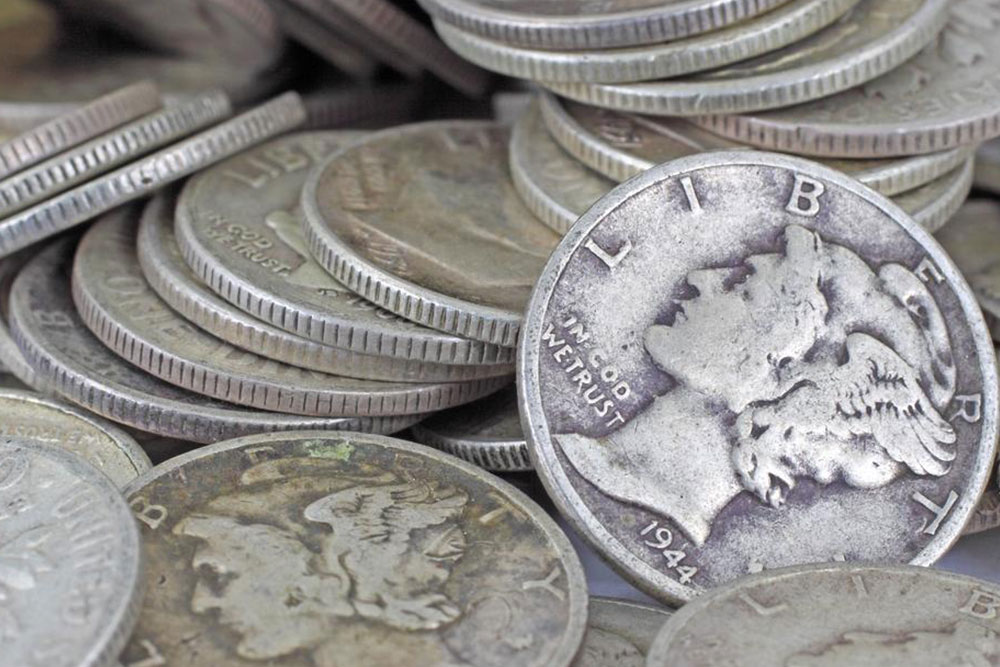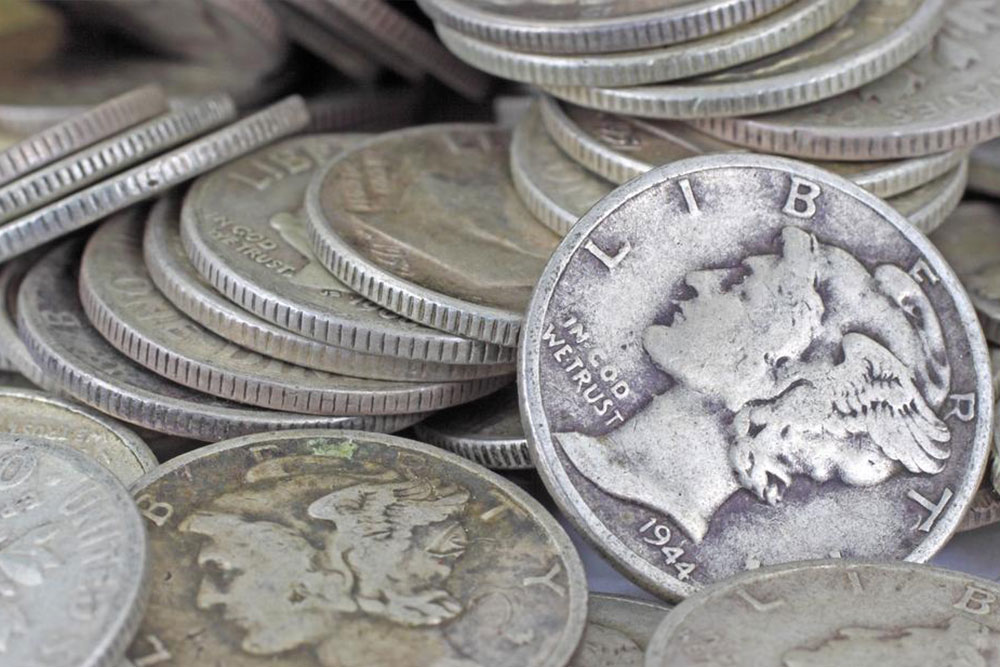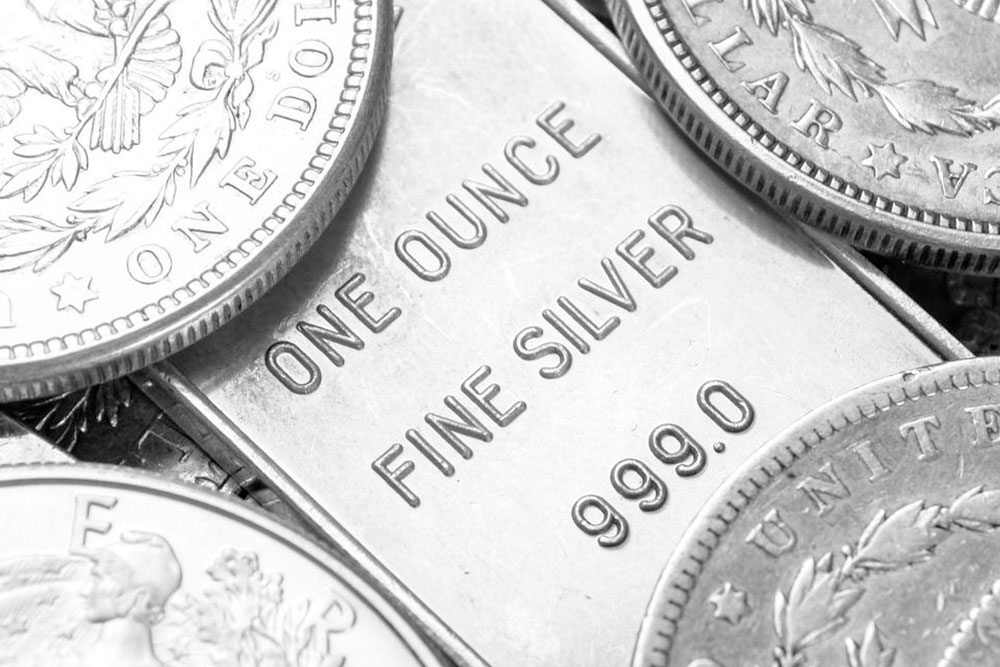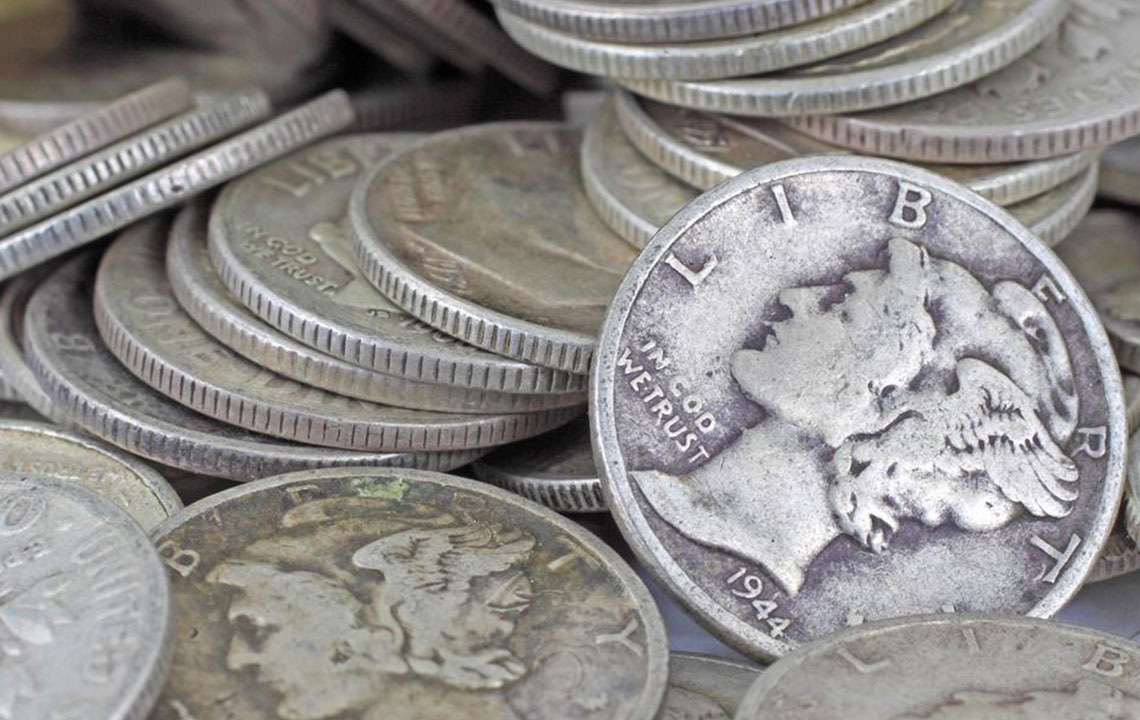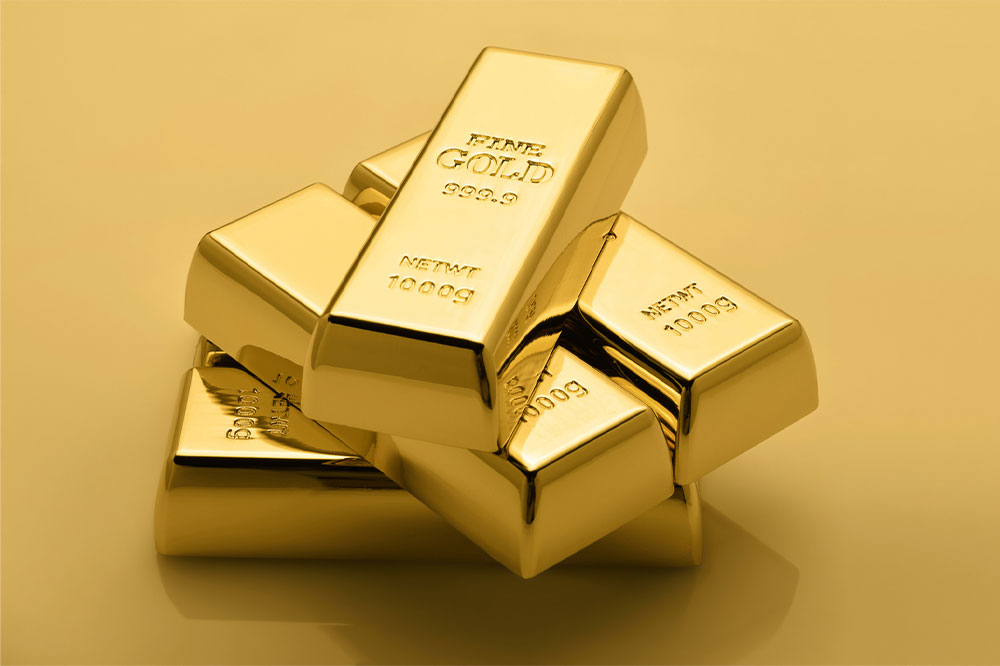Comprehensive Guide to Investing in Silver: Strategies, Tips, and Options
This comprehensive guide explores diverse methods for investing in silver, including physical holdings like bullion and coins, as well as modern financial instruments such as ETFs and digital accounts. It offers essential tips, market insights, and considerations for both new and experienced investors seeking to diversify their portfolio with silver, a metal valued for its affordability, industrial applications, and hedge properties. Learning about storage options, valuation metrics, and trading strategies can help investors make informed decisions in the dynamic silver market.
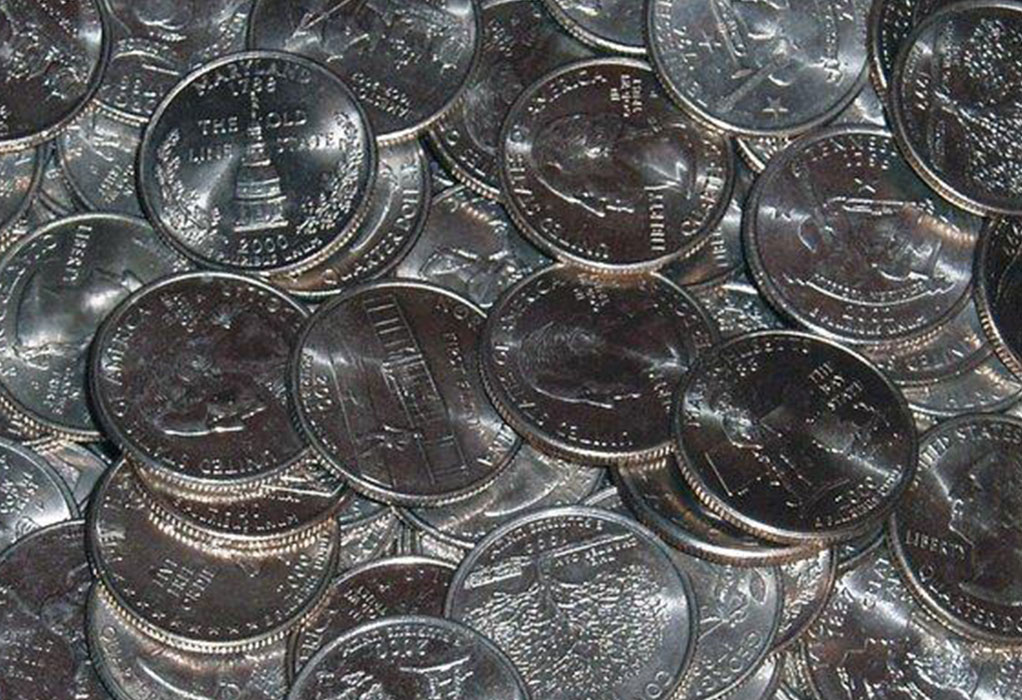
Comprehensive Guide to Investing in Silver: Strategies, Tips, and Options
Silver has played a vital role in human commerce and trade for over four millennia, serving as a medium of exchange, a store of value, and a crucial industrial metal. Despite the decline of silver coins as everyday currency following the abandonment of the silver standard in many countries, silver has continued to attract investors worldwide due to its unique combination of affordability, liquidity, and hedging capabilities against inflation. This comprehensive guide explores various methods to invest in silver, from physical holdings such as bullion and coinage to modern financial instruments. By understanding these options, investors can make informed decisions that align with their financial goals and risk appetite.
Physical Silver Investment: Physical forms include jewelry, bullion bars, and collectible coins, each with distinct advantages and considerations.
Silver Jewelry: While primarily worn for aesthetic purposes, silver jewelry can occasionally serve as an investment. However, its resale value may be influenced by design, craftsmanship, and market demand. Factors such as manufacturing costs, wastage during resizing, and oxidation can impact its worth over time, making it less liquid than other forms of silver investment.
Silver Bullion Bars: These offer a straightforward way to hold silver in a tangible form, often purchased through banks or reputable bullion dealers. Produced with nearly pure silver, these bars are traded at slight premiums above the spot price. They come in various sizes, ranging from small 1-ounce bars suitable for retail investors to large 1,000-ounce bars favored by institutional investors. Proper storage is crucial; options include secure safes at home, bank deposit boxes, or specialized bullion storage facilities. The market notation "XAG" alongside currency codes like USD indicates silver trading in the spot market, for example, XAGUSD represents silver priced in US dollars. The choice of size and storage method can influence liquidity and investment flexibility.
Silver Coins: Among the most popular physical silver investments, coins such as the Canadian Silver Maple Leaf (99.99% purity), American Silver Eagle (99.93%), and various junk silver coins (approximate 90% purity) are widely sought after. Some silver coins retain legal tender status in certain jurisdictions, adding to their appeal. Countries like Switzerland and Liechtenstein facilitate direct trading of bullion coins, enabling investors to buy and sell easily. Collectible coins, while not primarily intended for investment, can appreciate in value based on rarity and demand, making them attractive for collectors.
Collectible Silver Coins: These are primarily acquired by numismatics and collectors. Their value fluctuates based on rarity, historical significance, and demand, rather than solely on silver content. This makes them more suitable for specialized investors interested in both metallurgical value and collectible appeal.
Exchange-Traded Products (ETPs) and Silver Certificates: For investors seeking liquidity and convenience, financial instruments such as silver-backed exchange-traded funds (ETFs) and certificates provide exposure to silver prices without the need for physical storage. Popular options include the iShares Silver Trust (SLV), ETFS Physical Silver (PHAG), and Sprott Physical Silver Trust (PSLV). These allow for quick transactions and can be easily integrated into broader investment portfolios.
Silver Accounts and Digital Investments: Several banks, notably Swiss financial institutions, offer silver accounts where investors can buy and sell silver electronically, akin to foreign currency accounts. Additionally, online platforms provide access to silver derivatives, Contracts for Difference (CFDs), and spread betting, enabling traders to speculate on silver price movements efficiently. These digital solutions broaden access, especially for investors who prefer trading via online brokers or mobile apps.
Key considerations and tips for successful silver investing include:
Silver's lower price point compared to gold allows investors to acquire larger quantities for smaller capital, making it accessible for beginners and seasoned investors alike.
The gold-to-silver ratio, which measures how many ounces of silver are equivalent to one ounce of gold, is a useful metric for evaluating market conditions and timing investments.
Silver prices tend to be more volatile than gold, especially during bullish market phases, presenting both opportunities and risks.
The market volume for physical silver is generally lower than the more liquid paper silver traded on global markets, influencing liquidity and price movements.

